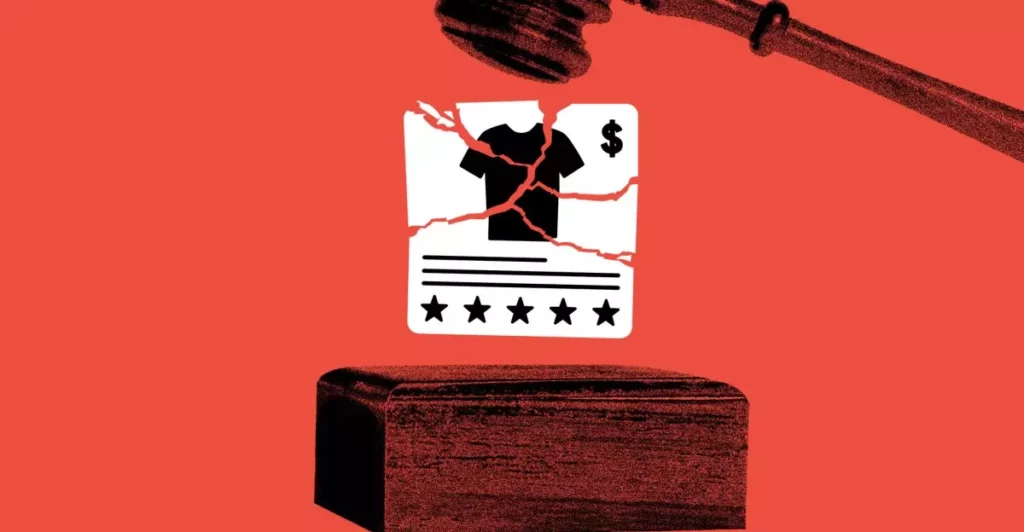Starling Bank, once hailed as a unicorn in the British fintech sphere, now finds itself grappling with alarming financial realities. With a pre-tax profit of only £223.4 million ($301.9 million) for the fiscal year ending March 31, 2025—a staggering 26% plunge from the previous year—this proud institution undoubtedly faces pressing challenges that threaten its integrity and stability. What once appeared to be a success story is now cryptically painted with shadows of vulnerability, primarily illuminated by the surging tide of fraudulent activities amplified during the pandemic.
The decline in profits could be interpreted as a disheartening symptom of a systemic illness afflicting the online lending landscape. As thrill-seeking fraudsters exploited government-backed loans, Starling Bank found itself battling a crisis that transcends mere financial indicators. Its experience serves as a wake-up call, revealing the fragility of even the most innovative digital banking systems.
Revenue Growth: A Double-Edged Sword
On a brighter note, Starling reported a revenue growth of 5%, rising from £682 million to £714 million. Yet, this increment feels more like a consolation prize than a recognition of robust success, particularly when viewed against the backdrop of last year’s explosive 50% revenue surge. Such a slowdown challenges the narrative of a continuous upward trajectory, hinting that external market conditions may soon overrun the bank’s drive for innovation and customer satisfaction.
Though it stands on the precipice of progress, Starling must reckon with the reality that in this dog-eat-dog game of fintech, even a momentary lapse can become a catalyzing disaster. The delicacy of the operation raises critical questions about how well-prepared the bank truly is for the uncertainties lurking around every corner, particularly in a sector characterized by rapid change.
The Weight of Compliance: A Heavy Burden
Adding to Starling’s woes is the formidable £29 million fine levied by the Financial Conduct Authority (FCA). The repercussions of this penalty extend far beyond mere numbers; they signify a comprehensive failure in Starling’s financial crime prevention protocols. For stakeholders and customers alike, this situation sends chilling signals concerning the adequacy of regulatory measures aimed at securing the banking system against financial malfeasance.
As digital lenders strive to carve out niches, the essence of compliance has never been more critical. Starling’s regulatory missteps could act as a precedent for future scrutiny, raising the stakes for the entire fintech industry. It begs the question: What good is rapid innovation if it is jeopardized by a lack of vigilance against fraud? There must be a recalibration, not merely of strategies but of intangibles like ethical commitment and integrity.
The Bounce Back Dilemma: A Cautionary Tale
The bank’s involvement in the Bounce Back Loan Scheme (BBLS) exemplifies how good intentions can unravel under the weight of execution failure. While initially crafted as a lifeline for struggling businesses during the pandemic, Starling’s airline to navigate through its BBLS loans exposed critical flaws in its fraud checks, raising red flags about regulatory compliance and operational robustness.
This unexpected turn of events offers an instructional moment that broadens the conversation around accountability and foresight in the financial sector. Starling’s decision to eliminate the government guarantees on the identified flawed loans speaks volumes about its grasp on ethical conduct, but the scrutiny from the British Business Bank signals that future oversight will be more pronounced. Companies must be willing to learn from their missteps; the ability to turn a crisis into a catalyst for improvement may well determine who ultimately succeeds in the saturated market.
Positioning Amidst Competition: Time for Strategic Reassessment
Starling’s pathway to growth also encounters tough competition from both established banks and ambitious fintech challengers like Monzo and Revolut. Despite a strong backing from notable investors, including Goldman Sachs and Fidelity Investments, the question looms: Does Starling have what it takes to remain relevant in an increasingly crowded arena? The need for strategic reassessment is palpable, driving the narrative that mere digitalization is no longer enough.
Offering fee-free accounts and mobile banking options is a commendable start, but the bank must cultivate a culture of adaptive evolution to meet the rapidly changing demands of discerning consumers. As the regulatory landscape tightens and market dynamics shift, agility should not merely be an compliment but rather a survival instinct.
Starling Bank stands at a crossroads; the choices made in the face of adversity will shape its legacy. Will it emerge stronger and more resilient, or will the pressing challenges tilt it into obscurity? The answer lies in its capacity to navigate a complex financial future where the stakes continue to soar.









Leave a Reply